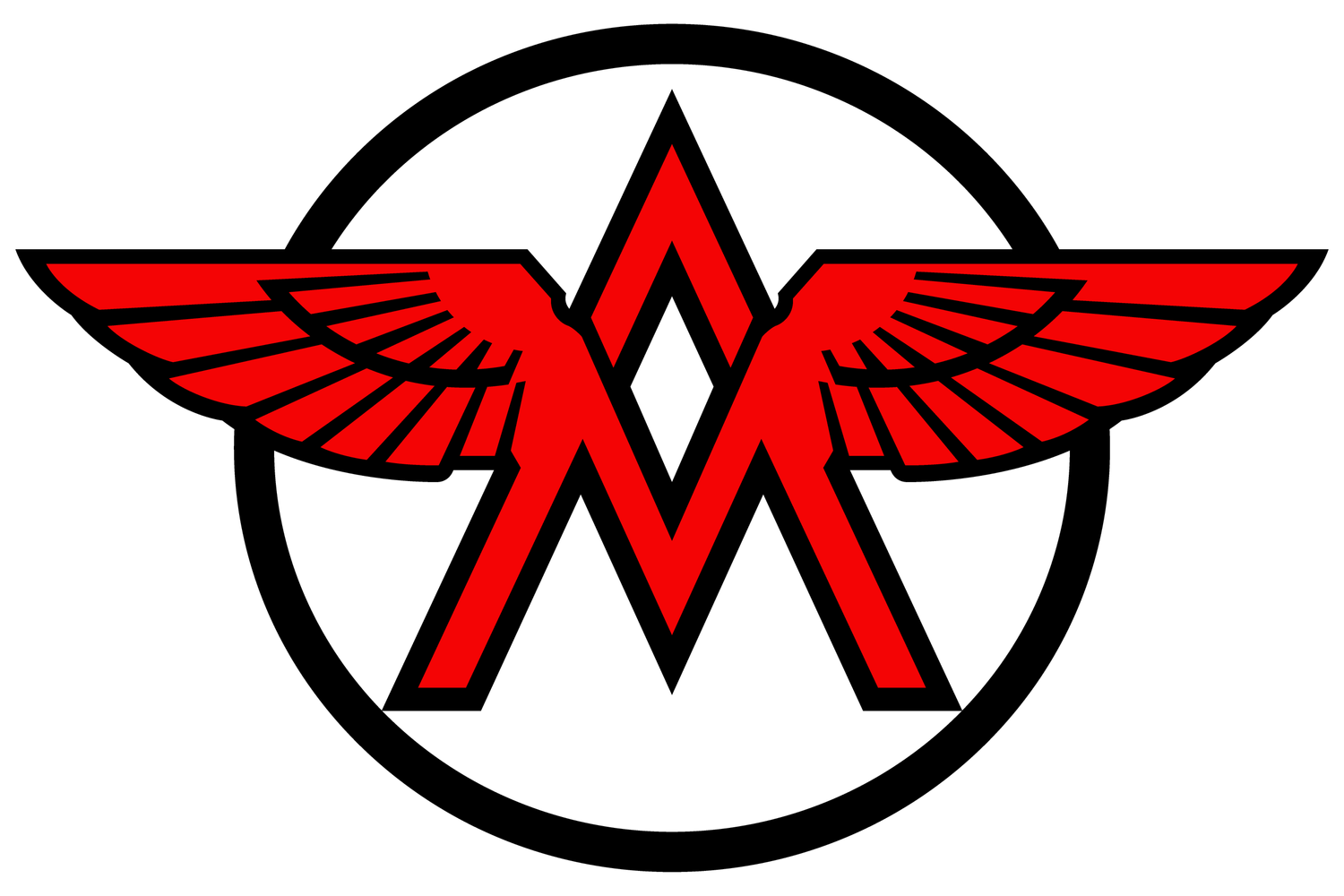Six men battle inside the short lived Oakland Motordrome, which was located at 98th Ave. and 6th St. in Elmhurst, California. The fifth board track motordrome built by Jack Prince, the track at Elmhurst was seemingly the final experiment in design before the lively British track builder and promoter decided upon the formula that the remainder of his stadium motordromes would follow. Elmhurst was unique in that it was the second of Prince’s tracks built with consideration for auto races as well as motorcycle races. A half mile long circle with a continuous banking of 40 degrees and seating along the rim, the track just east of San Francisco was basically a pared down version of the wildly popular 1 mile long behemoth Los Angeles Motordrome at Playa Del Rey, which Prince had completed in partnership with two other enthusiastic entrepreneurs in April of 1910.
Prince initially signed the lease for the 32 acre plot on which to build the Oakland Motordrome in early December of 1910, but material shortages and damage caused by a tremendous wind storm pushed the track’s completion into February of 1911. A wet spring delayed the opening races further still, until finally on April 23, 1911 the Oakland Motordrome was open for competition. Prince secured contracts with the country's top racers, household heroes like Johnny Albright, Eddie Hasha, Jake DeRosier, Morty Graves, Al Ward, Ray Seymour, Charlie Balke, and a newly discovered Don Johns. The men lined up for the first time at what Prince declared to be the fastest track anywhere on earth and fired up their machines. Described as a "battery of gatlings," they shot around the new boards of the Oakland drome at speeds over just 80 mph, 2 dizzying laps in less than 44 seconds to the delight of 5,000 electrified spectators. Charlie Balke, onboard an Indian bested Morty Graves and Ray Seymour, winning both the 5 and 10 mile professional events, while DeRosier’s newest protege Don John’s traded checkered flags with two local gents in the private owner and trade rider races.
The Oakland drome went on to host a number of successful races and broken records in the 1911 season, including the FAM National Championships in May and an extraordinary close call in December that nearly killed Joe Wolters when he collided with a biplane that had drifted onto the track after a rough landing in the infield. However, Prince had sold his interest in the track by this point and mismanagement began to turn both the riders and the public against the drome. When attendance began to drop racers were asked to compete for partial wages, and on a few occasions the track’s management were so bold as to have the men race “for the glory.” Racer protests and strikes led to further discontent from the public and by February of 1912 all of the riders had left for other tracks. A local group of Shriners continued to put on infrequent auto events at the Oakland Motordrome, but by September the track was being demolished and its 500,000 feet of timber sold for scrap. Yet another of Prince's costly stadiums, proud homes for the world’s most daring became a just vacant lot, but for a short time in 1911 Prince’s Oakland Motordrome harbored the fastest men on Earth.

